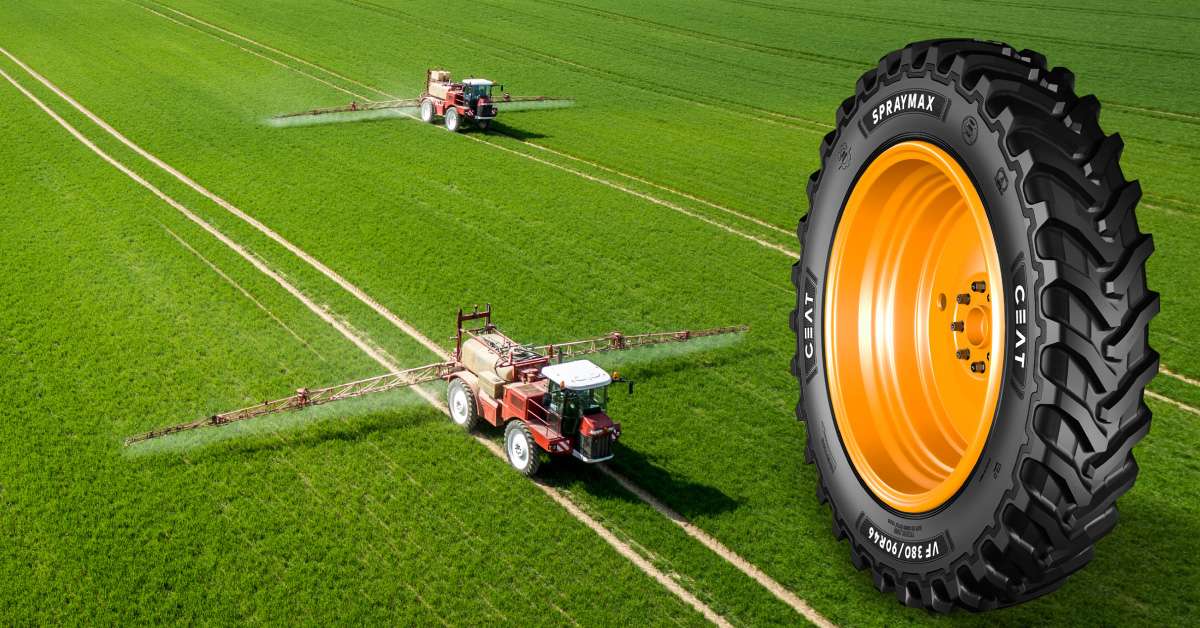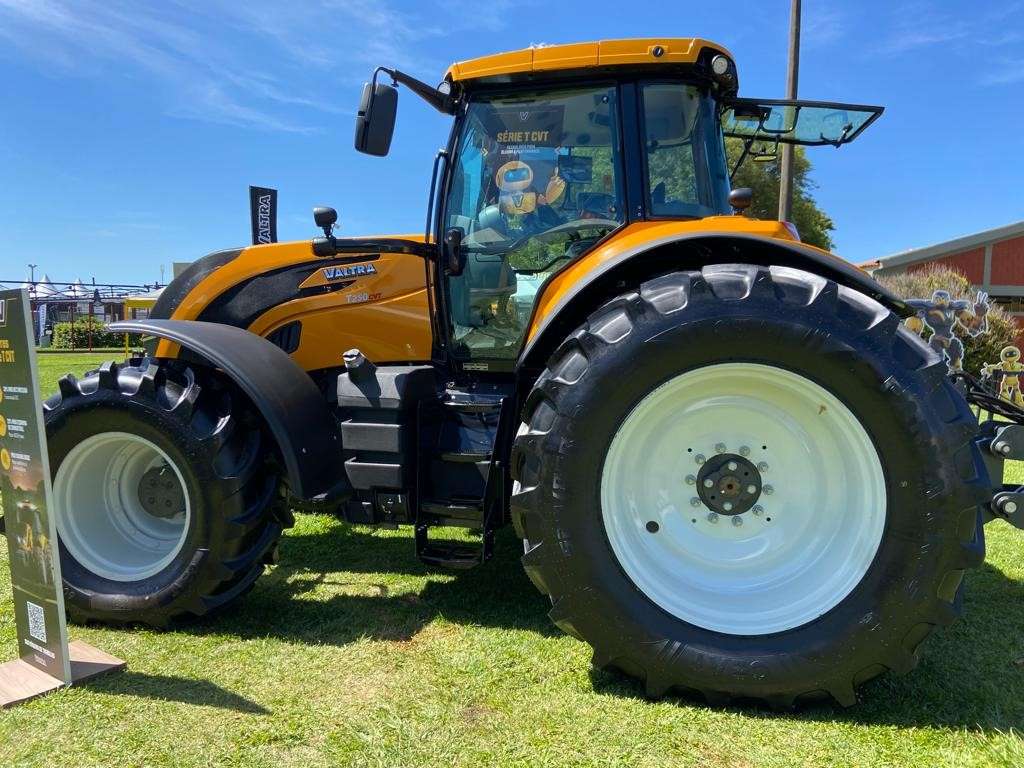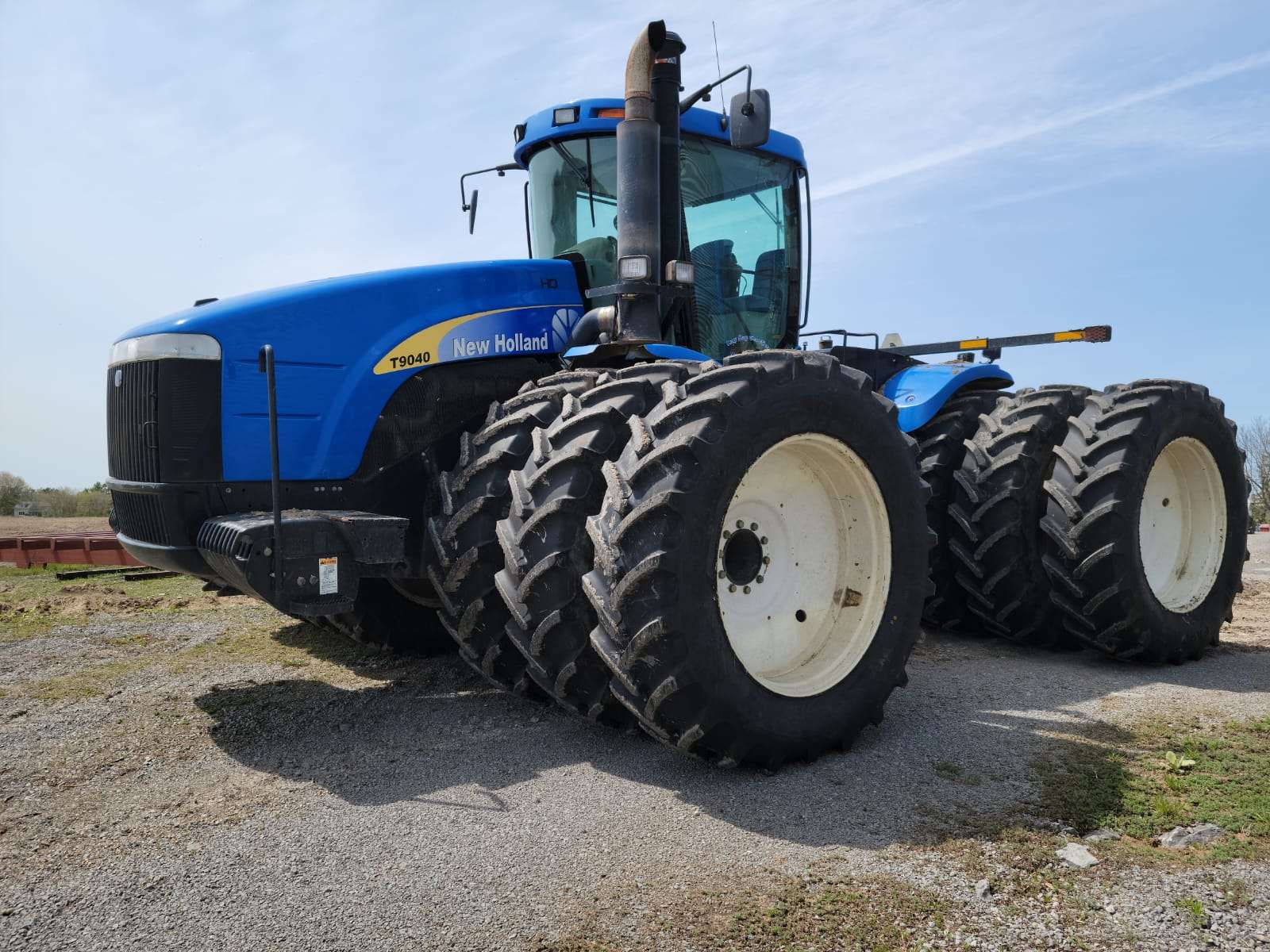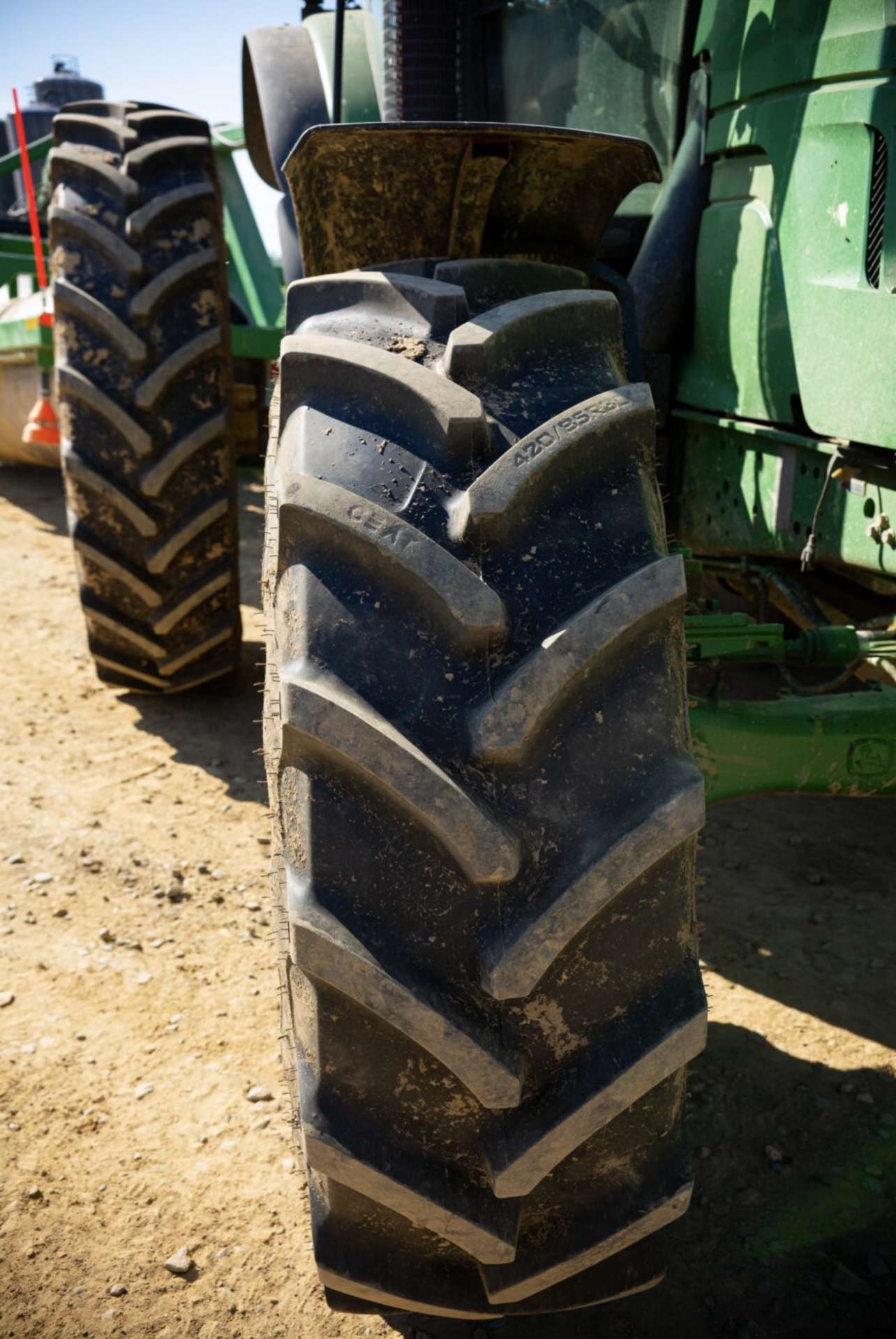ceat-speciality:blogs-tags/all,ceat-speciality:blogs-tags/tyre-care
The effect on performance of sprayer tyres with the wrong pressure
Wed, 28 Dec 2022 | PRODUCTS
Whether there is too much air in them or too little, if you do not make regular checks of the pressure in your sprayer tyres, the consequent problems can vary from irritating to expensive to dangerous and potentially life-threatening. And that’s before even considering the increase in sprayer tyre wear. So if you want to avoid having to counter the problems caused by improper sprayer tyre pressures – particularly the need before it’s necessary to look through sprayer tyres price lists or search the internet for ‘sprayer tyres for sale’ or ‘sprayer tyres near me’ – read on…
Higher pressure – greater soil damage
Where it arguably matters most, in the field, protecting your crops and travelling across your most valuable asset, your soil, high sprayer tyre pressures can cause significant damage and reduce your field’s performance and that of the subsequent operations performed in it and crops grown on it. Higher-than-recommended pressures means a reduced footprint for each sprayer tyre, increasing the machine weight each bears on that diminished contact patch. That will impact negatively on the drainage in the crop tramlines, the root growth of crops growing adjacent to them, and the cost performance of your enterprise, as more steel and fuel will be required to rectify the situation the following season.
Lower pressure – slower and less fuel-efficient on the road
Operating your sprayer tyres at below their recommended pressures will result in lower road speeds, due to the flattening of the sprayer tyre carcase profile and the increased contact patch. This will result in a slowing of the machine relative to the intended travel speed as the machine’s transmission fails to makes the wheels rotate fast enough because of the additional sprayer tyre resistance, and greater fuel consumption should operator increase the engine speed to try to overcome the additional resistance and achieve the required speed.
Higher pressure – higher wear on the road
Operating your sprayer tyres at above their recommended pressures will reduce the manufacturer’s intended contact patch of sprayer tyre tread with the road. As a result, more weight will be carried by a reduced tread area, and so wear will be increased. The heat generated by running at high speeds on tarmac will rapidly increase tread wear and shorten sprayer tyre life. Lower pressure – increased wear on tyre sidewalls and bead
Lower pressure – greater chance of tyre detachment
When sprayer tyres are run at less than their intended pressures, there is a high chance of the additional carcase flexibility create causing the sprayer tyre bead to move on the wheel rim. In the field, this can put the safety of the operator and the load at risk. On the road, other highway users are also put in danger by the threat of a loose sprayer tyre and/or out-of-control machine.
Higher pressure – reduced braking effect on the road
In addition to higher wear caused by the reduced contact patch, sprayer braking performance will be reduced if sprayer tyres are operated above their intended pressures. Because less rubber is in contact with the ground, there will be less sprayer tyre ‘bite’ in the field on slopes, and less rubber/tarmac contact at speed on the road. Either way, the danger is significant.
Operating sprayer tyres at incorrect pressures – whether higher because of inaccurate inflation or the idea of adding ‘a bit extra just in case’ – or lower because of irregular checking or the idea it will reduce soil impact – can therefore be costly at best and unsafe at worst. To avoid having to look before it’s really necessary through sprayer tyres price lists or search the internet for ‘sprayer tyres for sale’ or ‘sprayer tyres near me’, check your sprayer tyre pressures regularly and ensure they are always operated at the correct pressures.

























































































































